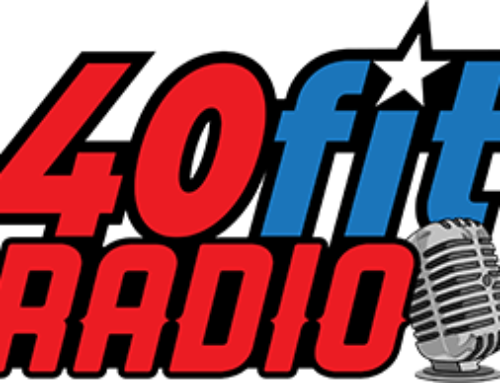Journals aren’t just for recording your feelz… they are a useful training tool too. Even in today’s frenzied technology age, good old pen and paper are the best tools for logging your training and developing a deeper understanding of how well your training is driving you toward your goals.
That’s not to say there’s no place for apps and spreadsheets. These digital tools offer the ability to track trends and metrics very easily and can be accessed on a variety of devices. Yet, the tactile experience of recording your training and training notes in a physical logbook engages the brain in a way that typed notes do not. A recent Princeton and UCLA study compared two cohorts – one asked to record notes on assigned reading materials by hand in a notebook, and another asked to record the same notes in a computer via keyboard – and found that the group recording notes by hand gained a deeper understanding of the principles in the material, and retained that knowledge for a longer period of time. The researchers noted that handwriting offers tactile feedback, perhaps due to the greater amount of fine motor skills involved compared to typing, which causes the brain to pause and consider what is being written more deeply. Typing on a keyboard, on the other hand, does not confer the same degree of tactile feedback, thus it was not as effective for retaining knowledge.
Needless to say, it’s not much effort to log your training on paper. As a novice trainee, learning to use the programming jargon of set and rep schemes by writing them down is helpful when communicating with your coach. As your training progresses, recording notes about how you felt each day – whether it’s a formalized assessment of effort like RPE or simply a note about the subjective experience of training that day – will provide useful data on how you respond to various programming methods. Some workouts, like conditioning workouts involving circuits, EMOMs, and anything involving a variety of exercises with different sets and reps, are difficult to log accurately in a spreadsheet or app. Using a journal in this case makes it easier to track your performance in those workouts.
Bottom line, if it’s worth doing, it’s worth writing down. Go ahead and use your Fitbot account, spreadsheet, or app of choice, but log in your notebook too. Years and many reps later, you’ll thank yourself for the wealth of training data you have built!

Leave A Comment